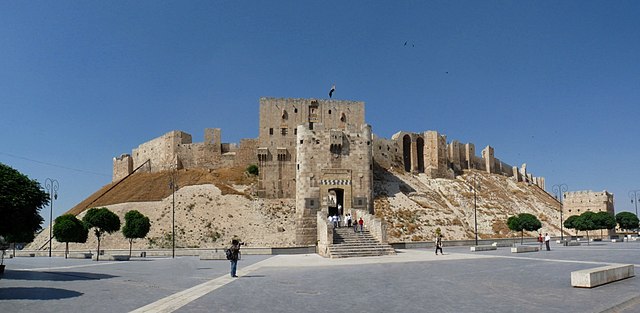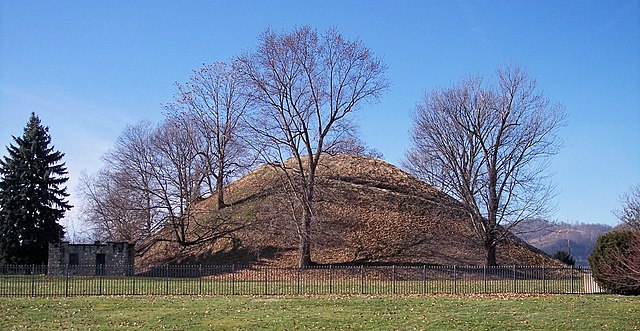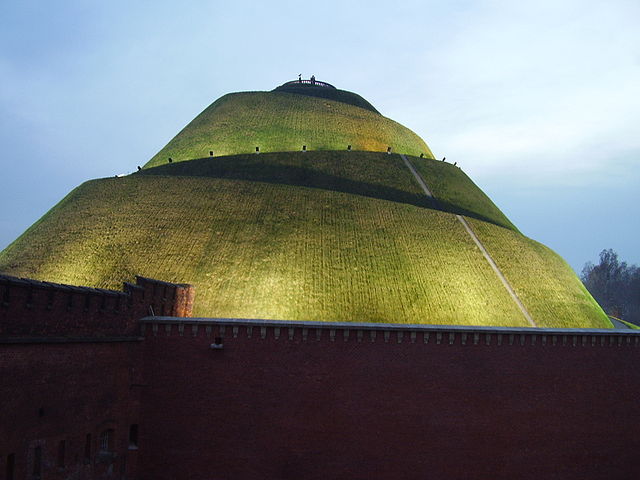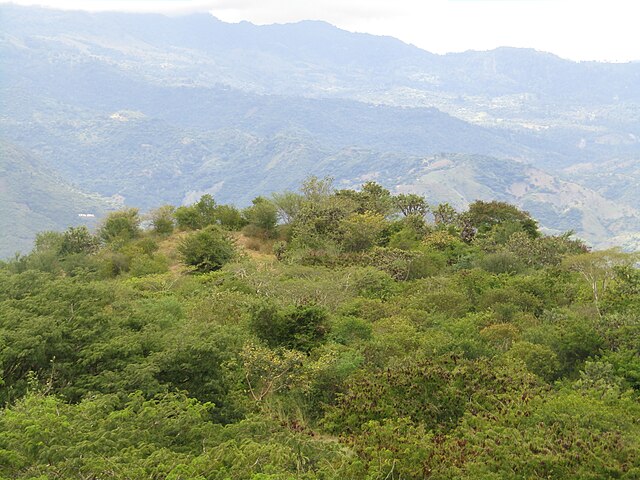In archaeology a tell is an artificial topographical feature, a mound consisting of the accumulated and stratified debris of a succession of consecutive settlements at the same site, the refuse of generations of people who built and inhabited them and natural sediment. When transliterating a Hebrew toponym, the English spelling is tel, as opposed to conversion from Arabic, when the word is written 'tell'.
Tell Barri, northeastern Syria, from the west; this is 32 meters (105 feet) high, and its base covers 37 hectares (91 acres)
Tel Be'er Sheva, Beersheva, Israel
The Citadel of Aleppo, northern Syria, on top of a tell occupied since at least the third millennium BCE
Tel Megiddo, northern Israel
A mound is a heaped pile of earth, gravel, sand, rocks, or debris. Most commonly, mounds are earthen formations such as hills and mountains, particularly if they appear artificial. A mound may be any rounded area of topographically higher elevation on any surface. Artificial mounds have been created for a variety of reasons throughout history, including habitation, ceremonial, burial (tumulus), and commemorative purposes.
Grave Creek Mound, in Moundsville, West Virginia
Kościuszko Mound, Kraków, Poland
General view of the excavations in January 1889 at Kankali Tila, Mathura
Mound known as Structure 101 located at the Yarumela archeological site in Honduras.








